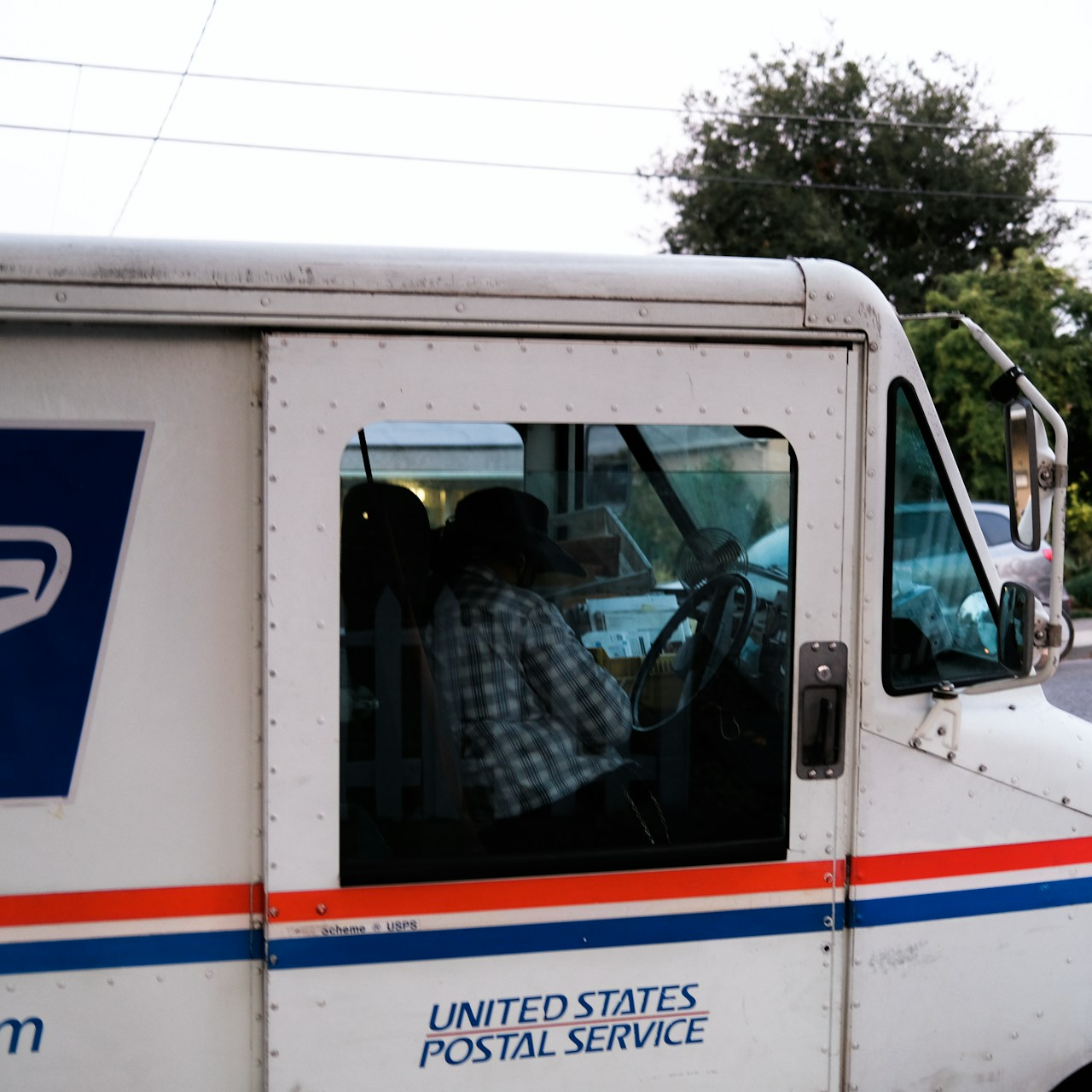Key Takeaways
-
Medicare Advantage plans might appear convenient, but they can introduce restrictions that affect your flexibility, provider access, and out-of-pocket costs—especially if you’re enrolled in the Postal Service Health Benefits (PSHB) Program.
-
For PSHB users, choosing Original Medicare with Part B often enhances benefits and cost savings more reliably than Medicare Advantage, particularly in retirement.
The Illusion of Simplicity with Medicare Advantage
When you’re weighing Medicare options as a PSHB enrollee, Medicare Advantage (also known as Medicare Part C) might seem like an all-in-one solution. It typically bundles hospital, medical, and sometimes prescription drug coverage under one plan. But beneath the surface, there are critical limitations that could affect how, where, and when you receive care.
In 2025, Medicare Advantage enrollment continues to rise nationwide, but that trend doesn’t automatically make it the right choice for everyone—especially not for retirees in the PSHB system. The trade-offs you face with Medicare Advantage often come in the form of tighter provider networks, utilization management, and potential cost surprises.
What You Might Give Up with Medicare Advantage
Many people assume Medicare Advantage is just a newer version of Medicare, but it’s actually a privatized alternative. That distinction matters.
When you enroll in Medicare Advantage, you’re subject to rules set by the private insurance company administering your plan—not directly by the federal government. That means:
-
Network Restrictions: Most Medicare Advantage plans are HMOs or PPOs. You’ll usually need to stay within a network to avoid higher costs—or worse, pay out-of-pocket if you see an out-of-network provider.
-
Prior Authorization Requirements: Certain services or tests must be approved in advance. This can delay care and frustrate patients.
-
Regional Coverage Limits: Traveling or relocating could leave you out-of-network, reducing access to needed care unless emergency provisions apply.
For Postal retirees used to the broader coverage under FEHB or PSHB, these constraints can feel like a step backward.
How PSHB and Medicare Coordinate Differently
The PSHB Program in 2025 integrates with Medicare in a unique way. If you enroll in Original Medicare—Parts A and B—you’ll unlock enhanced benefits from your PSHB plan, such as:
-
Reduced deductibles
-
Lower copayments
-
Waived cost-sharing in many cases
-
Automatic enrollment in Medicare Part D prescription drug coverage via PSHB’s EGWP
However, if you switch to a Medicare Advantage plan, those coordinated benefits may no longer apply. In fact, enrolling in Medicare Advantage could mean that your PSHB plan doesn’t coordinate at all with your coverage.
The Financial Reality: It’s Not Always a Bargain
On the surface, Medicare Advantage can seem like the cheaper option. But that illusion doesn’t always hold up. In 2025, general costs you should consider include:
-
Deductibles: Medicare Advantage plans often set their own, which can be high.
-
Copayments and coinsurance: These can stack up, especially for specialists or hospitalizations.
-
Maximum out-of-pocket (MOOP): In-network MOOP for Medicare Advantage can be up to $9,350, and $14,000 combined with out-of-network services.
Compare that with PSHB plans that coordinate with Original Medicare: the out-of-pocket costs may be significantly lower because of the way PSHB wraps around Medicare Parts A and B.
And unlike Medicare Advantage, Original Medicare with PSHB doesn’t limit you to a specific network or require referrals to see specialists.
The Hidden Risk: Prescription Drug Disruption
Prescription drug coverage also works differently. PSHB retirees with Medicare automatically receive drug coverage through an Employer Group Waiver Plan (EGWP). This is a Part D plan administered by your PSHB insurer—not a separate Medicare Part D plan you need to shop for.
If you move to a Medicare Advantage plan with drug coverage, you lose access to this coordinated EGWP plan. That means you’re also forfeiting:
-
The $2,000 out-of-pocket cap that PSHB plans include under Medicare Part D in 2025.
-
Integrated pharmacy benefits designed specifically for postal retirees.
-
Access to the PSHB plan’s expanded pharmacy network.
Switching plans for perceived simplicity could create more complications—especially if your prescriptions are expensive or require prior authorizations under Medicare Advantage.
Why PSHB Plans Often Work Better with Original Medicare
The PSHB Program was designed to complement Medicare Parts A and B. In 2025, this coordination is even more relevant because of several enhancements:
-
Premium support: Many PSHB plans offer partial reimbursement of your Medicare Part B premium.
-
Waived deductibles and coinsurance: For those enrolled in both PSHB and Original Medicare, many cost-sharing requirements are reduced or eliminated.
-
Automatic drug coverage integration: No need to enroll separately in a Medicare drug plan.
In contrast, Medicare Advantage is treated as a standalone replacement for Medicare. It does not benefit from these same cost-reducing and service-enhancing features of the PSHB-Medicare partnership.
Enrollment Timelines You Can’t Ignore
Enrollment coordination also differs:
-
Turning 65? You have a 7-month Initial Enrollment Period (IEP) around your 65th birthday to enroll in Medicare.
-
Retiring after 65? A Special Enrollment Period (SEP) allows you to enroll in Medicare Part B without penalty.
-
Already retired? You should be enrolled in Medicare Part B if you want full PSHB benefits.
It’s important to note: If you’re Medicare-eligible and opt for Medicare Advantage instead of enrolling in Medicare Part B, you may not meet PSHB’s requirement to maintain full medical and drug coverage.
Misunderstandings That Could Cost You
One of the most common misconceptions among Postal retirees is that Medicare Advantage is a simpler version of Medicare. In reality, it is a private replacement—not a supplement. That distinction affects how PSHB benefits work in tandem with your federal benefits.
Another misunderstanding is that enrolling in Medicare Advantage automatically satisfies all PSHB requirements. It does not. In fact, doing so could lead to gaps in drug coverage or the loss of certain PSHB plan protections.
And finally, some retirees assume that switching to Medicare Advantage will save them money. But if you’re managing chronic conditions, traveling frequently, or relying on specific doctors or specialists, the restrictions can quickly outweigh any up-front savings.
What to Ask Yourself Before Making the Switch
Before you decide to leave Original Medicare for Medicare Advantage while enrolled in PSHB, consider the following:
-
Will I lose access to my preferred doctors or hospitals?
-
Will my out-of-pocket costs actually be lower?
-
Do I understand how my PSHB plan benefits change if I switch to Medicare Advantage?
-
Am I comfortable with network restrictions and prior authorizations?
-
Could I lose my Part D EGWP drug coverage through PSHB?
The answers to these questions often point back to one key insight: PSHB was built to work with Original Medicare—not to be replaced by a private plan.
Know What You’re Signing Up For
Medicare Advantage plans can seem appealing when you’re first turning 65 or retiring, but they’re not designed with PSHB in mind. You need to look past the simplified marketing language and evaluate whether the plan you’re considering truly enhances—or undermines—your postal retirement coverage.
Choosing Original Medicare with Part B lets your PSHB plan do what it was meant to: reduce your out-of-pocket costs, eliminate redundant coverage, and coordinate your benefits seamlessly.
If you’re unsure, it’s wise to pause, evaluate your needs, and speak with a licensed agent listed on this website to ensure you’re making the right decision for your retirement.
Make Medicare Work for You—Not Against You
The choices you make now will shape how secure and flexible your healthcare feels later. By aligning your Medicare enrollment with the way PSHB is structured, you can avoid losing out on valuable benefits that are built into the system just for you.
If you’re approaching age 65 or newly retired, or if you’re already enrolled in PSHB and exploring Medicare Advantage, this is the moment to take a step back and ensure you’re making an informed decision.
For personalized advice on coordinating Medicare and PSHB, speak with a licensed agent listed on this website.











